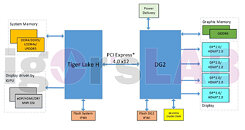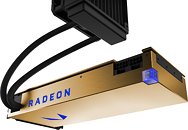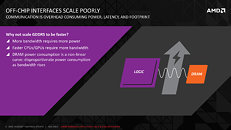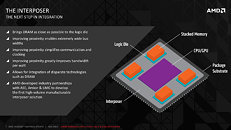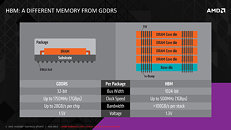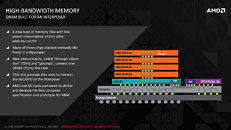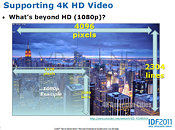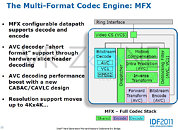Moore Threads MTT S80 dGPU Struggles to Keep Up with Modern Radeon iGPUs
The Moore Threads MTT S80 first attracted wider media attention last summer due to it being introduced as the world's first PCIe Gen 5 gaming graphics card. Unfortunately, its performance prowess in gaming benchmarks did not match early expectations, especially for a 200 W TDP-rated unit with 4096 "MUSA" cores. Evaluators discovered that driver issues have limited the full potential of MTT GPUs—it is speculated that Moore Threads has simply repurposed existing PowerVR architecture under their in-house design: "Chunxaio." The Chinese firm has concentrated on driver improvements in the interim—mid-February experimentations indicated 100% performance boosts for MTT S80 and S70 discrete GPUs courtesy of driver version 240.90. Germany's ComputerBase managed to import Moore Threads MTT S80 and S30 models for testing purposes—in an effort to corroborate recently published performance figures, as disclosed by Asian review outlets.
The Moore Thread MTT S80—discounted down to $164 last October—was likely designed with MMO gamers in mind. VideoCardz (based on ComputerBase findings) discussed the card's struggles when weighed against Team Red's modern day integrated solutions: "S80 falls short when compared to the Ryzen 5 8600G, featuring the Radeon 760M iGPU with RDNA 3 graphics. A geometric mean across various titles reveals the S80's lag, but there are exceptions, like DOTA 2, where it takes the lead in framerate. It's clear that MTT GPUs (have a) less emphasized focus on supporting AAA titles." ComputerBase confirmed that DirectX 12 API support is still lacking, meaning that many popular Western games titles remain untested on the Moore Threads MTT S80 graphics card. The freshly launched entry-level MTT S30 card produced "1/4 of the performance" when compared to its flagship sibling.
The Moore Thread MTT S80—discounted down to $164 last October—was likely designed with MMO gamers in mind. VideoCardz (based on ComputerBase findings) discussed the card's struggles when weighed against Team Red's modern day integrated solutions: "S80 falls short when compared to the Ryzen 5 8600G, featuring the Radeon 760M iGPU with RDNA 3 graphics. A geometric mean across various titles reveals the S80's lag, but there are exceptions, like DOTA 2, where it takes the lead in framerate. It's clear that MTT GPUs (have a) less emphasized focus on supporting AAA titles." ComputerBase confirmed that DirectX 12 API support is still lacking, meaning that many popular Western games titles remain untested on the Moore Threads MTT S80 graphics card. The freshly launched entry-level MTT S30 card produced "1/4 of the performance" when compared to its flagship sibling.












